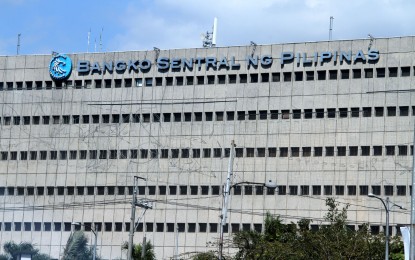
MANILA – Reforms instituted in the past serve as buffers for the Philippine banking system vis-à-vis the impact of the global pandemic caused by the coronavirus disease 2019 (Covid-19), Bangko Sentral ng Pilipinas (BSP) Governor Benjamin Diokno said.
In a briefing aired over the central bank’s Facebook page Thursday, Diokno said the domestic banking system and the Philippine economy in general is facing the pandemic “from a position of strength.”
He said the domestic financial system is the country’s first line of defense against the pandemic, and the banking industry is up for this task since it remains adequately capitalized with total banking assets accounting for 81.7 percent of the financial system’s resources as of last February.
“Reforms have been put in place to maintain sufficient buffers in times of crisis and ensure business continuity to serve financial consumers and to keep the economy going,” he said.
The sector’s overall loan quality “was satisfactory”, with a non-performing loan (NPL) ratio of 2.1 percent, he said.
Deposits remain the banks’ main funding source with a share of 85.2 percent of the total.
Capital adequacy ratio (CAR), a gauge of banks’ financial strength, of universal and commercial banks (U/KBs), stood at 15.4 percent on a solo basis, and 16 percent on consolidated basis as of end-2019.
These are higher than BSP’s 10-percent minimum threshold and Bank of International Settlements’ (BIS) 8-percent minimum requirement.
Total portfolio grew by 10.2 percent year-on-year as of last February.
“I believe the banking system is now benefiting from prudential reforms carried out during the last 20 years. Moving forward, the BSP will continue to pursue proactive measures aimed at further strengthening the banking system,” Diokno said. (PNA)
